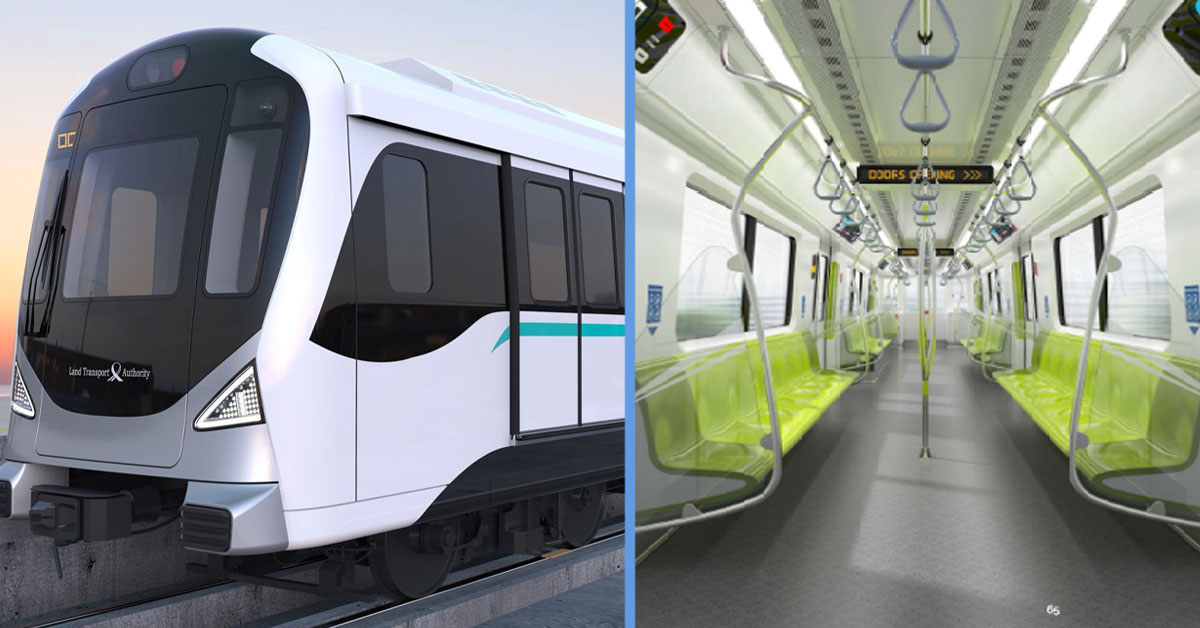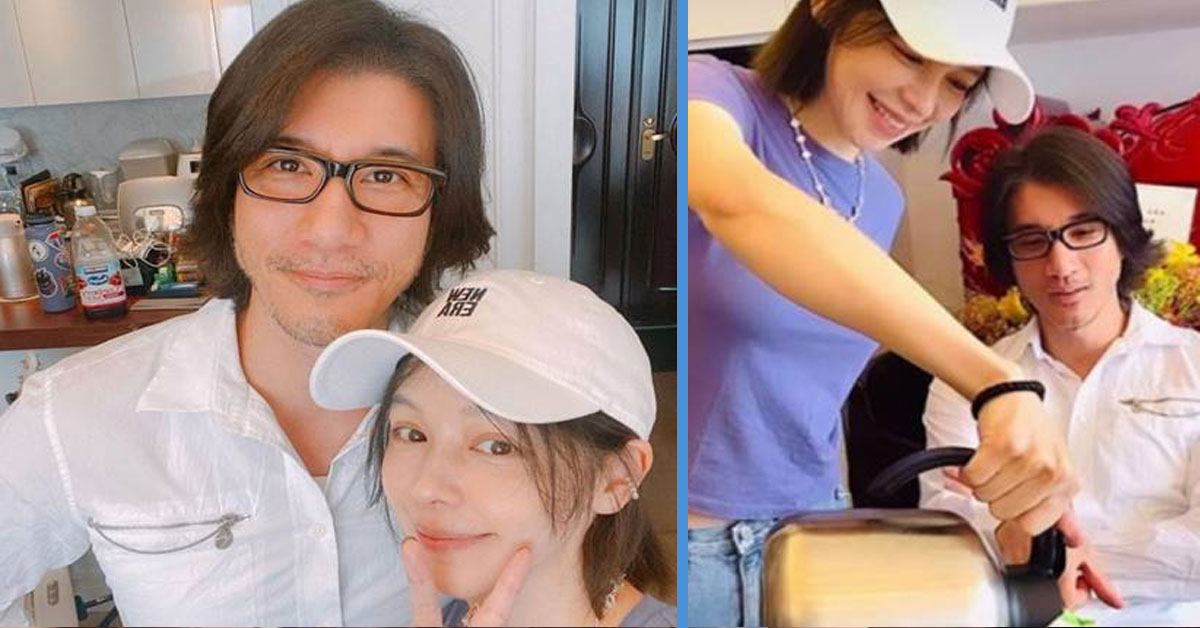Do you live in the west of Singapore? No? Then this article probably won’t be for you. If you’re a westside kia, then you’d have heard about the Jurong Region Line.
It’s an MRT line catered to people staying or working in Jurong and Bukit Batok.

Comprising a total of 21 new MRT stations, it’ll be developed in three stages, with the last stage to be ready by 2028.
Maybe by then, aliens would have landed on Yishun but that’s for another article.
Instead, this article’s about the trains that will be used for these lines.
Jurong Region Line MRT Trains Are Made in Korea
For a start, the trains don’t require drivers.
But you already know that. Getting new trains that require human drivers is akin to buying a phone that can’t connect to the Internet: it’s too 1990s.
Instead, this latest train would be made in South Korea.

Oppas not included, of course.
Lest you’re not aware, most of the trains in Singapore are made in China, Japan or France (the newer ones).
So why’s newsworthy when it’s made in Korea?
Well, not really. In fact, back in 2006, our old aging trains were also refurbished by a Korea company.
It’s not the country of origin that’s newsworthy, but the functions it has.
Wider Doors & Emergency Batteries
It’s announced today that Korea company Hyundai Rotem Company (HRC) has won the contract to supply 62 trains for the Jurong Region Line, with the first train to be delivered by 2024.
The total cost?
SGD$416.5 million.
So what’s the feature the latest train? Would it have free wifi?
Well, I’m not sure about wifi (though by 2028, wifi might be obsolete le), but a few things are for sure:
It’ll have wider doors so that panicky kiasu aunties can rush in without banging into you. Though, of course, the real function of the wider doors is for easy boarding and alighting, and for wheelchair users and strollers to get in and out easiler.
And secondly, the trains will have emergency batteries, so images of people walking on the track would be history as “dead” trains can draw power from its batteries to move to the nearest station.
Lest you’re not aware, trains are powered by the rail and not through, erm, refueling or charging.
The trains would also have a system to allow operators to monitor the performance of the trains in real time. What this means is that disruptions can be minimized (hopefully).
And finally, the train is made of up smaller train cars so that it’s “more manoeuvrable along tighter curves”, as the Jurong Region Line would be built in matured area whereby the line wouldn’t be straight (unless certain HDB block owners are willing to let the train go through their kitchens).
The company, Hyundai Rotem, has more than 40 years of experience in train design and manufacturing. It was also responsible for the refurbishment of SMRT’s old trains back in 2006.
And just in case you’re wondering…yes, the company is related to the Hyundai cars you see on our streets.
I did tell you that South Korea’s taking over the world, didn’t I?
Advertisements
We’re using their phones, driving their cars, watching their dramas and now, we’re going to ride their trains.
What’s next?



